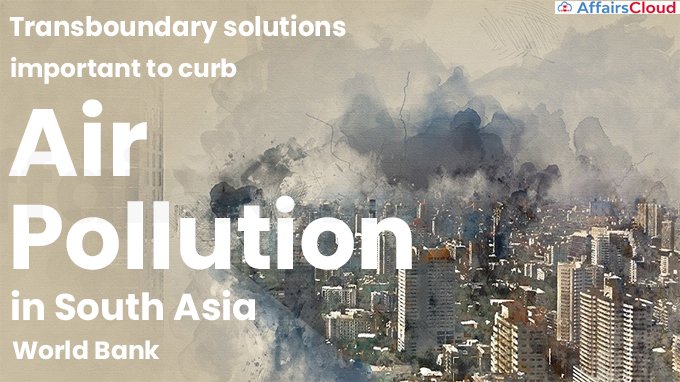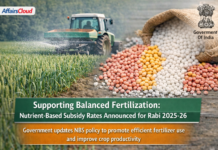 According to the World Bank (WB) report “Striving for Clean Air: Air Pollution and Public Health in South Asia,” concentrations of fine particulate matter (PM) like soot and small dust (PM 2.5) in some of South Asia’s most densely populated and underdeveloped areas are up to 20 times higher than the World Health Organization (WHO) threshold of 5 micrograms per cubic metre (µg/mᶾ).
According to the World Bank (WB) report “Striving for Clean Air: Air Pollution and Public Health in South Asia,” concentrations of fine particulate matter (PM) like soot and small dust (PM 2.5) in some of South Asia’s most densely populated and underdeveloped areas are up to 20 times higher than the World Health Organization (WHO) threshold of 5 micrograms per cubic metre (µg/mᶾ).
- According to the report, South Asia is home to 9 of the top 10 polluted cities in the world, including Dhaka (Bangladesh).
- Nearly 60% of the population in South Asia lives in areas where concentrations of PM2.5 exceed an annual mean of 35 μg/m3.
Key Observations from The Report:
i.The report claims that around 20% of all premature deaths in Bangladesh are caused by air pollution.
- It is estimated that it causes 2 million premature deaths in South Asia each year and imposes huge economic damages.
ii.The consequences of being exposed to such significant air pollution range from stunting and reduced cognitive development in children to respiratory infections and chronic and debilitating diseases.
iii.Even if completely implemented, present policy measures will only have a limited impact on decreasing PM2.5 concentrations in South Asia.
- In order to lower PM 2.5 concentrations across South Asia, the report urges policymakers to broaden their attention beyond power plants, big factories, and transportation to include small manufacturing, agriculture, residential cooking, and waste management.
Transboundary solutions important to curb air pollution in South Asia
i.The World Bank report highlights how air pollution crossed international borders and is trapped in sizable “airsheds” that are shaped by geography and climatology.
ii.The report identified six significant airsheds in South Asia with high levels of spatial interdependence in air quality.
iii.The Indo-Gangetic Plain serves as the common airshed for Bangladesh, India, Nepal, and Pakistan.
iv.Four South Asian countries—Bangladesh, India, Nepal, and Pakistan—joined forces for the first time to create the Kathmandu Roadmap for enhancing air quality in the Indo-Gangetic Plain and Himalayan Foothills in recognition of the transboundary nature of air pollution.
v.The report examines four scenarios for reducing air pollution, each with varied degrees of policy implementation and international cooperation.
vi.The most cost-effective scenario, which requires complete coordination between airsheds, would lower the average PM 2.5 exposure in South Asia to 30 µg/m³ at a cost of USD 278 million per µg/m³of reduced exposure and save more than 750,000 lives yearly.
vi.The report also provides a three-phase roadmap.
- Phase 1: Establishes an environment for airshed-wide coordination
- Phase 2: Interventions for pollution reduction
- Phase 3: Optimized Economic Incentives
Recent Related News:
In February 2023, the United Nations Development Programme (UNDP) and ‘The Ocean Cleanup’ signed a Memorandum of Understanding (MoU) to work together to eliminate plastic pollution in the world’s oceans and rivers.
‘The Ocean Cleanup’ is a non-profit foundation established in 2013 in Delft, the Netherlands by Dutch inventor
About the World Bank (WB):
The International Development Association (IDA) and the International Bank for Reconstruction and Development (IBRD) collectively make up the World Bank (WB).
President (WB Group) – David Robert Malpass
Establishment – 1944
Headquarters – Washington D.C, United States (US)
Members – 189 member countries




